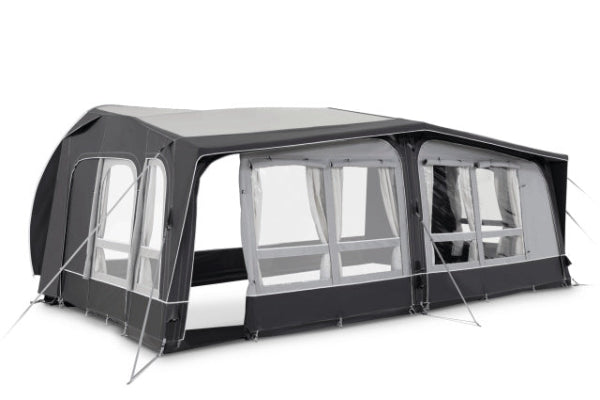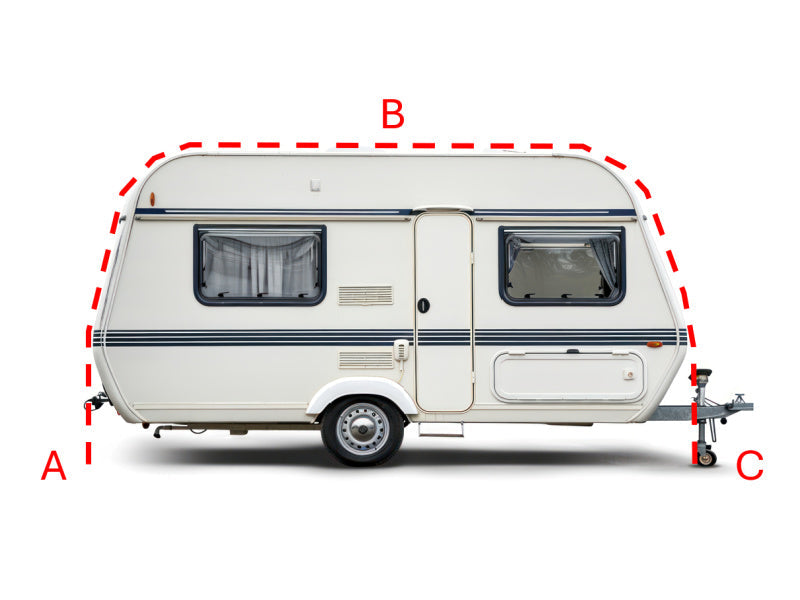How Long Does a Portable Power Station Hold Its Charge?
Ever stash a fully charged Portable Power Station for months, only to find it drained like your phone on 1%? Short answer: it can hold a charge for 3–6 months, depending on size and battery type. Want yours to last longer? Stick around—your battery’s future self will thank you.
Understanding Charge Retention in Your Portable Power Station
The Science of Self-Discharge: Why Batteries Naturally Lose Power Over Time
To understand how long a portable power station lasts, we first need to look at its battery. Even when not in use, all batteries slowly lose their charge. This natural process is known as self-discharge.
The rate at which charge is lost varies depending on the battery type and storage conditions. Understanding this helps you plan better for emergencies or infrequent use.

How Different Battery Chemistries (Li-ion, LiFePO4) Impact Self-Discharge Rates
Most portable power stations use lithium-ion batteries. These have high energy density, long lifespans, and relatively low self-discharge rates. Some models use lithium iron phosphate (LiFePO4) batteries, which are known for better safety, durability, and environmental performance.
Battery chemistry has a major impact on how well a device retains its charge. It also influences how long it remains useful while idle.
Differentiating Between Shelf Life (Long-Term Storage) and Standby Drain (Device On/Ready)
Shelf life refers to how long a power station can hold charge when turned off and stored. Standby drain happens when the device is left on or partially active—drawing power from displays or other internal components.
Understanding the difference helps avoid unexpected power loss.
Key Factors That Determine How Long a Charge Lasts in Storage
The Critical Role of Storage Temperature and Environment
Where you store your power station plays a big role in its performance. Cool, dry environments are ideal. High temperatures and humidity can speed up self-discharge and damage battery cells.
Aim for a storage temperature of 20°C to 25°C. Avoid placing the device in direct sunlight or near heaters.
Influence of Battery Age, Overall Health, and Cycle Count
Older batteries don’t hold charge as well as newer ones. The more charging cycles a battery has gone through, the more its capacity declines.
Regular use over time naturally affects performance. Battery health matters as much as battery size.

Impact of the Initial State of Charge (e.g., Storing at 50% vs. 100%)
How much charge the battery has when you store it can influence how long it lasts. Storing it at 50% is often better than leaving it fully charged or fully drained.
This reduces internal stress and prolongs overall lifespan.
Understanding Parasitic Drain from Displays, Ports, or Internal Electronics
Some portable power stations draw small amounts of power even when not in use. This can come from LED displays, USB ports, or internal electronics.
Always ensure the device is completely shut off and unplugged before storing.
Typical Timeframes: What to Expect for Charge Retention
Short-Term Holding Capacity (Days to Several Weeks)
In the short term, most power stations retain a good portion of their charge. If the unit is stored properly and powered off, you can expect very little loss over a few weeks.
This makes them reliable for spontaneous use or short trips.
Long-Term Storage Potential (Several Months to a Year or More)
Here’s a general guide to how long different sizes of portable power stations hold their charge:
Small Capacity (Under 500Wh)
-
80% to 90% retained after 3 months
-
70% to 85% after 6 months
Medium Capacity (500–1000Wh)
-
About 90% after 3 months
-
Around 80% after 6 months
Large Capacity (Over 1000Wh)
-
Up to 95% retained after 3 months
-
Still about 90% after 6 months
In general, larger stations tend to hold charge longer—especially when stored in ideal conditions.
Maximising How Long Your Power Station Holds Its Charge
Optimal Storage Techniques to Preserve Battery Power
Ideal Storage Conditions: Cool, Dry, and Stable Environments
The best way to store your power station is in a cool, dry place. Avoid areas with direct sunlight, fluctuating temperatures, or high humidity.
Stable environments between 20°C and 25°C will help preserve the battery.

Recommended Charge Levels for Short-Term vs. Long-Term Storage
For short-term storage (under a month), you can store the unit at 80% to 100%. For long-term storage (several months or more), aim for around 50% charge.
This keeps the battery healthy and prevents overstrain.
Ensuring the Unit is Properly Powered Off and Outputs Disconnected
Before storing, turn off the power station completely. Make sure all output ports are unplugged and that no devices are left connected.
This stops parasitic drain and protects battery life.
Smart Charging and Usage Habits for Enhanced Charge Retention
Avoiding Consistent Extreme High or Low States of Charge
Frequent full charges or complete discharges can wear out the battery. Try to recharge the unit once it drops below 20%, and avoid keeping it always topped off.
Moderation helps the battery last longer.
Leveraging Your Power Station's Battery Management System (BMS) Features
Most modern stations include built-in BMS software. This helps prevent overcharging, overheating, and over-discharging.
Keep firmware updated and read the manual to get the most from these features.
Essential Maintenance for Sustaining Battery Charge and Health
The Importance of Periodic Charge Level Checks and Top-Ups
If storing long-term, check the charge every 3 to 6 months. Top it up as needed to avoid deep discharge.
This small step goes a long way in extending battery life.
When and How to Calibrate Your Battery (If Applicable)
Some models may benefit from full discharge and recharge cycles every few months. This helps recalibrate battery indicators and improves accuracy.
Check your manufacturer's instructions to see if this applies.
Considering Brand and Build Quality for Long-Term Performance
Not all portable power stations are equal. Well-known brands often use better-quality cells, more efficient power management, and safer construction.
Choosing a reliable brand can reduce the risk of charge loss and device failure.
Other content you might like:
- What Appliances Can You Use on a 1000W Inverter?
- What Is the Difference Between an Inverter and a Power Station?
- Can You Charge a Portable Power Station With a Solar Panel?
- Is 200W Solar Enough for Camping?
- Can I Plug My Motorhome Into a Portable Power Station?
- How to Operate a Portable Power Station?
- How to Know if a Portable Power Station Is Fully Charged?
- Can You Overcharge a Portable?
- Can I Use My Portable Power Station While Charging?





Leave a comment